Solar tracking systems are technological solutions where solar panels are used to provide the highest efficiency by following the position of the sun. These systems automatically adjust the angle of the panels by tracking the movement of the sun from sunrise to sunset. Thus, the panels are always positioned to receive maximum solar radiation. This method can produce 20% to 40% more energy compared to fixed panels. The use of solar tracking systems offers economic and environmental benefits, especially in areas with abundant sunlight.
The usage areas of solar tracking systems are quite diverse. From agricultural areas to large-scale solar power plants, from commercial buildings to residences, these systems are utilised in many different places. The systems are generally divided into two main categories: single-axis and dual-axis tracking systems. While single-axis systems generally follow the east-west movement of the sun, dual-axis systems have the capacity to collect more energy by following the sun's elevation angle. The choice of these systems is determined by the geographical location of the installation area, current climatic conditions and energy needs.
How to Use Solar Tracking System?
The solar tracking system improves the efficiency of energy collection by ensuring that the solar panels stand at the most optimal angle according to the position of the sun throughout the day. These systems work through sensors and motors. Sensors continuously detect the position of the sun and send the data to the control unit. The control unit analyses this data, commands the motors and adjusts the angle of the panels to the most efficient position towards the sun. This dynamic positioning ensures that the panels continuously receive maximum sunlight during the day.
The installation and operation of solar tracking systems vary according to the type of system to be used. Single-axis tracking systems are generally simpler in construction and move in only one axis, making them a lower maintenance and lower cost option. Dual-axis systems, on the other hand, can move in both horizontal and vertical axes, which allows them to better track the position of the sun at low and high angles. Both types of systems are effective solutions to improve energy efficiency and reduce electricity generation costs in the long term. However, installation and maintenance costs should be evaluated in line with expectations and needs.
You can examine solar tracking system models and types here.
Solar Tracking System Maintenance and Costs
Solar tracking systems have a higher initial cost compared to fixed solar panel systems. This cost can vary depending on the type of tracking technology used (single-axis or dual-axis), the system size and the geographical characteristics of the installation location. Single-axis systems are generally more cost-effective than dual-axis systems because they have fewer moving parts and are technically simpler. Dual-axis systems, on the other hand, provide more energy production because they can also track the changing elevation angles of the sun during the day, but this feature brings additional costs.
Maintenance costs are also an important factor to be considered during the lifetime of solar tracking systems. These systems may require more maintenance than fixed panels, as moving parts need to be regularly lubricated and checked. In addition, repair costs can also be incurred if electronic components such as motors and sensors fail. Nevertheless, these extra maintenance and repair costs are offset by the high energy efficiency provided by the systems and even more profit. Proper maintenance of solar tracking systems plays a critical role in maximising their efficiency and lifetime.
Are Solar Tracking Systems Used in Every Field?
Solar tracking systems are designed to get maximum efficiency from solar energy; however, the use of these systems in every area may not always be possible or cost effective. Large open areas are needed for the installation of solar tracking systems. Especially in urban areas or areas with space limitations, the installation of such systems may be difficult or impossible. In addition, high initial costs and increasing maintenance needs may not be suitable for short-term investments or limited budgets. For this reason, the use of solar tracking systems is often limited to locations such as agricultural enterprises with large plots of land, solar power plants and large commercial facilities with a specific energy efficiency target.
On the other hand, fixed solar panel systems take up less space and have lower installation costs. These systems can be easily integrated into limited or tight spaces such as rooftops, so they may be more suitable for urban use. Despite the advantage of high energy efficiency offered by solar tracking systems, it is important to select the most appropriate system type according to the unique needs and existing conditions of each project. In this way, the return on investment, costs and energy efficiency can be optimally balanced.
For more detailed information and solar tracking systems price, you can contact us from our contact page.


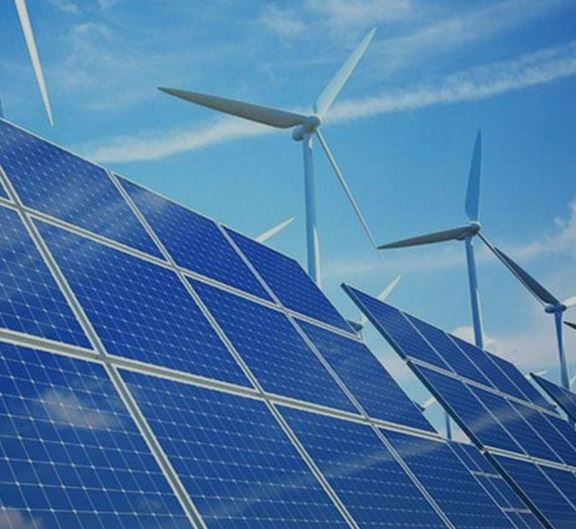

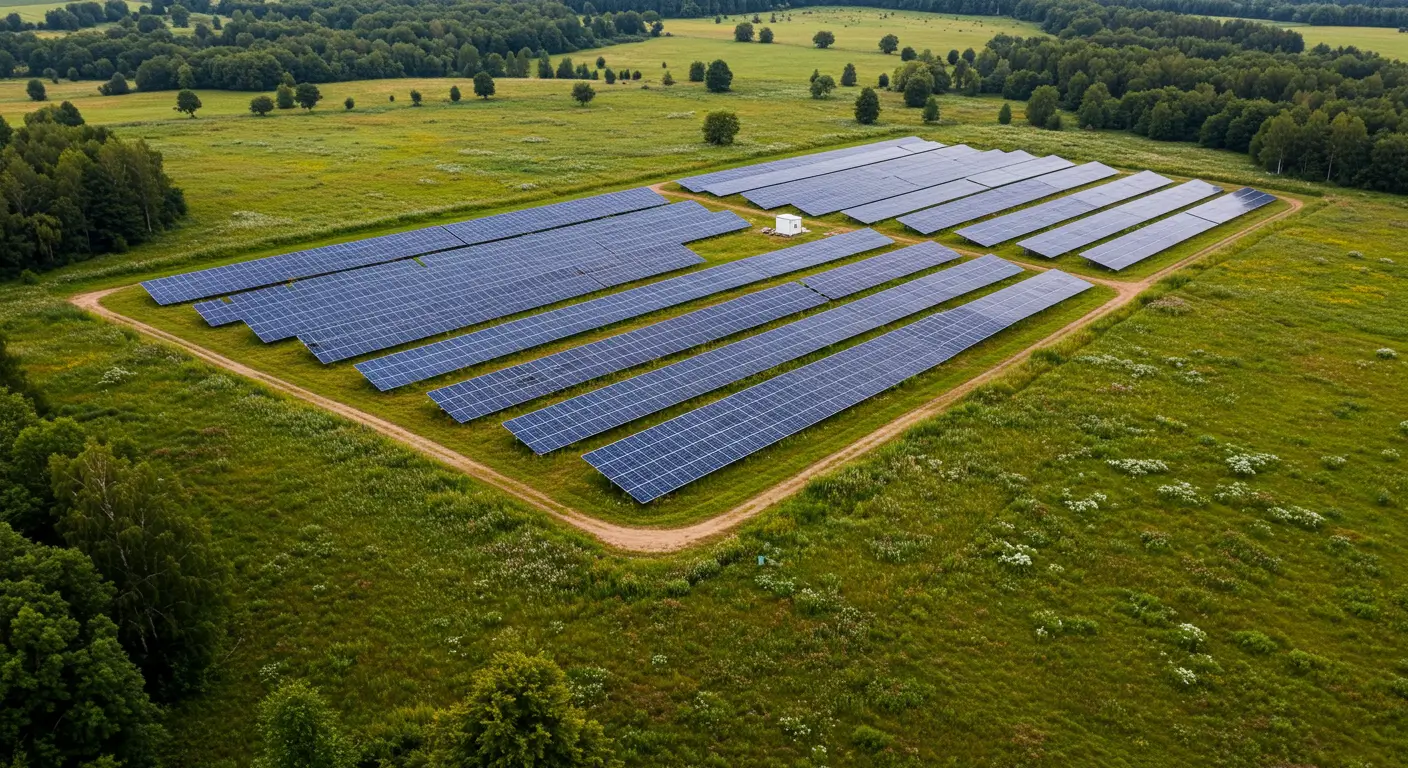
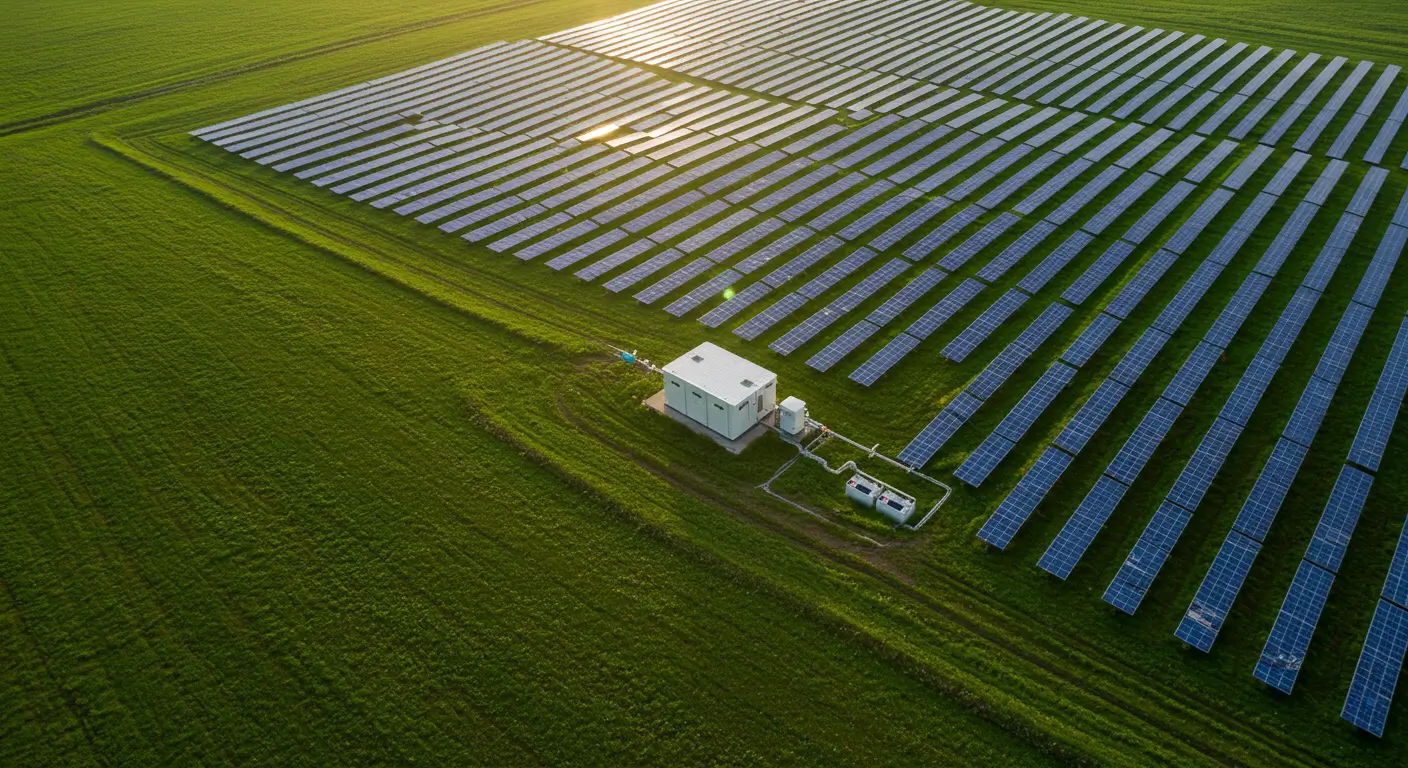
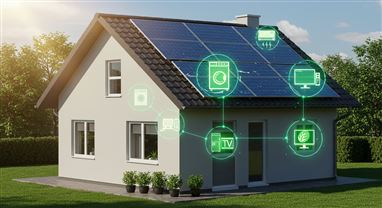
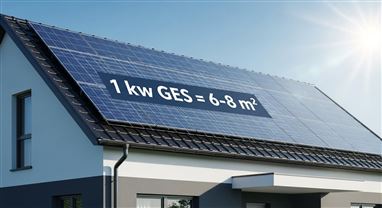
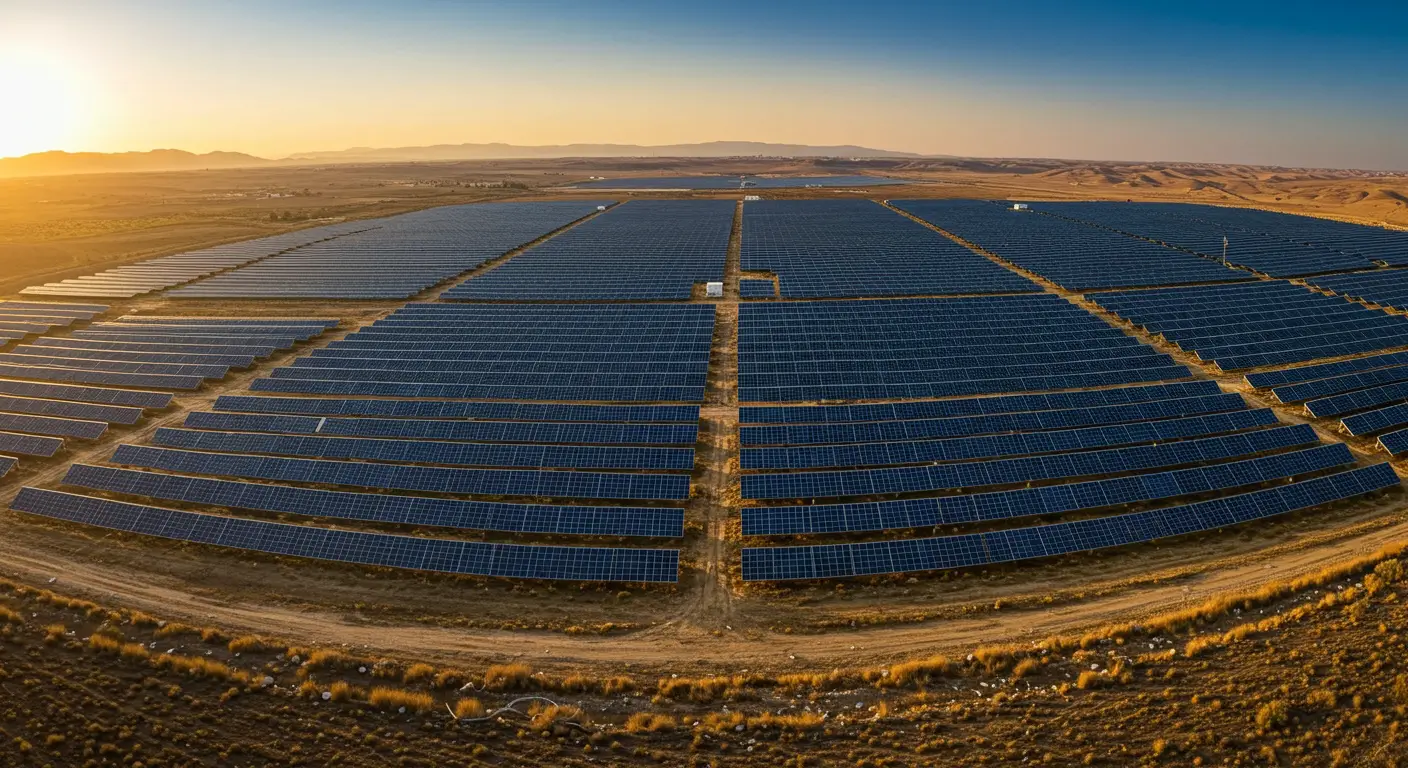
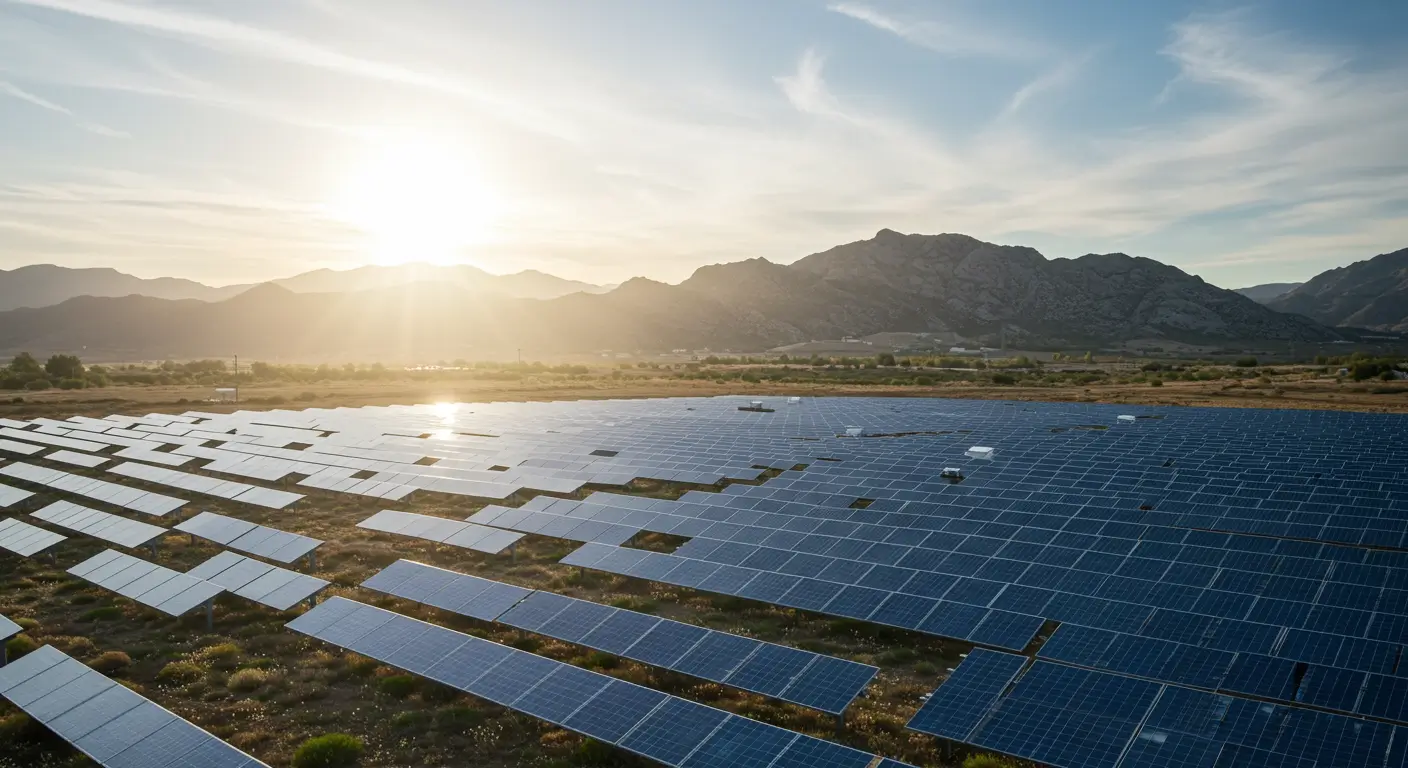
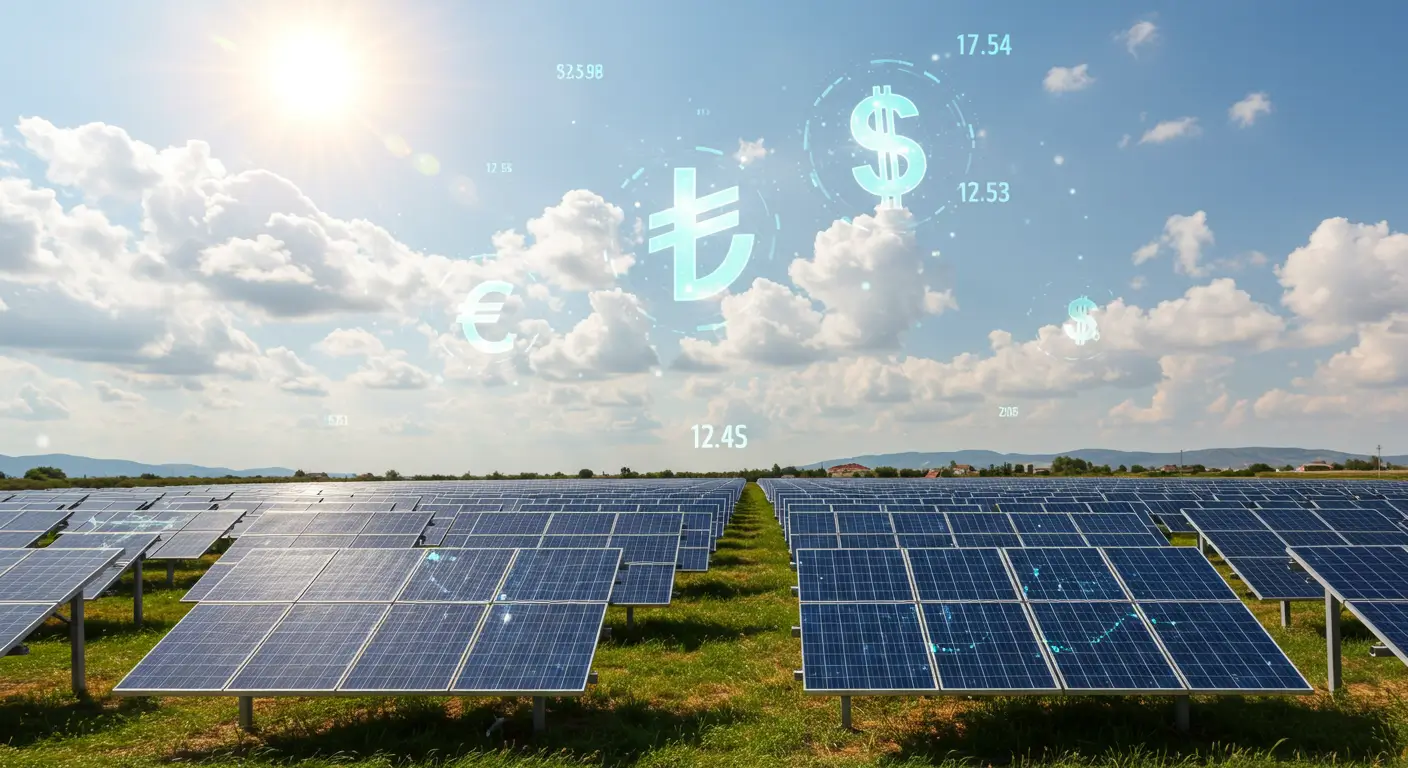
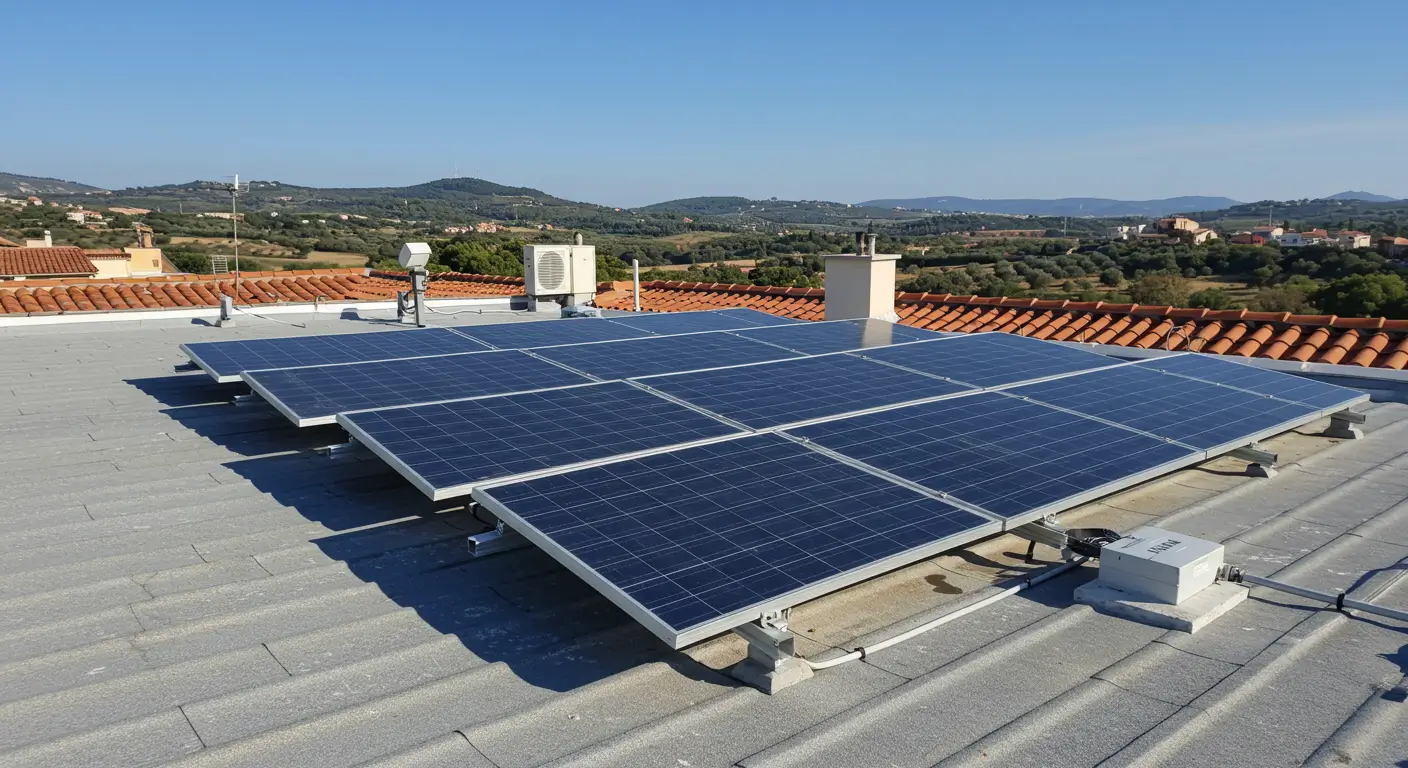
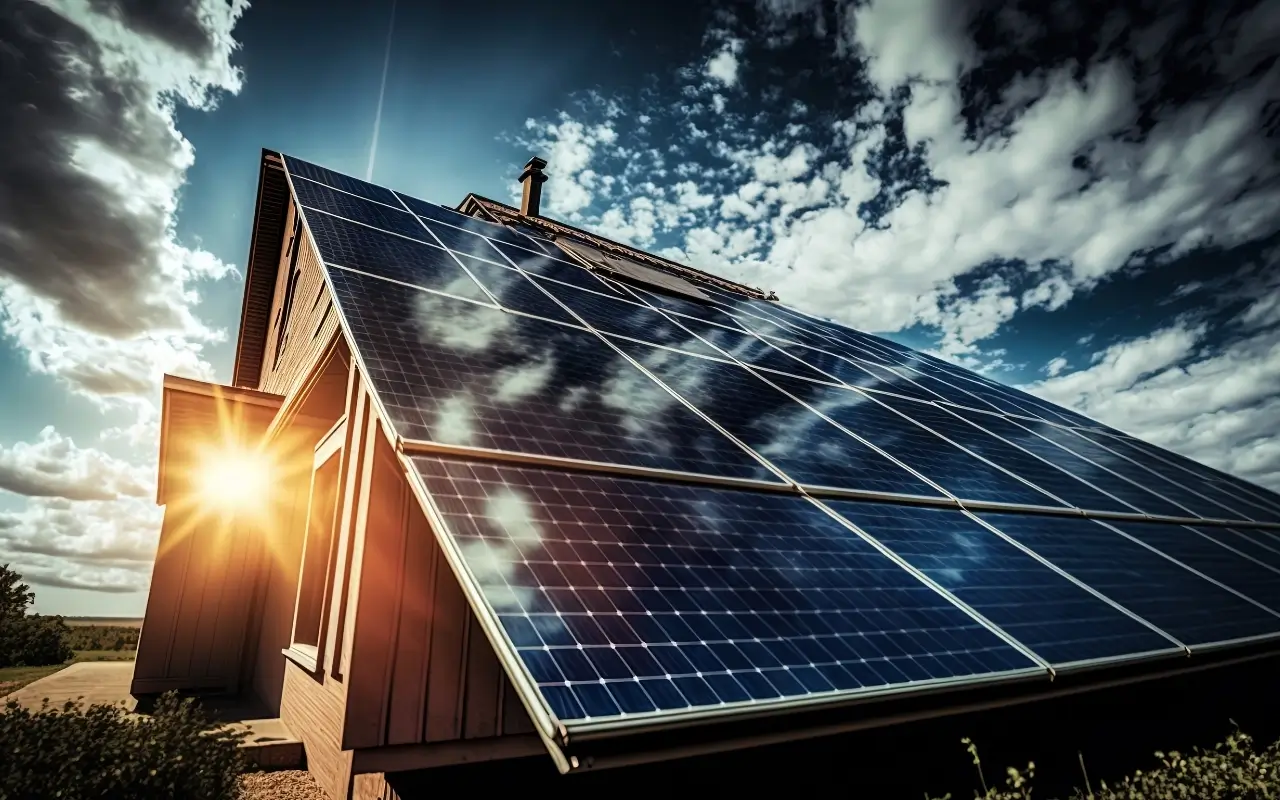
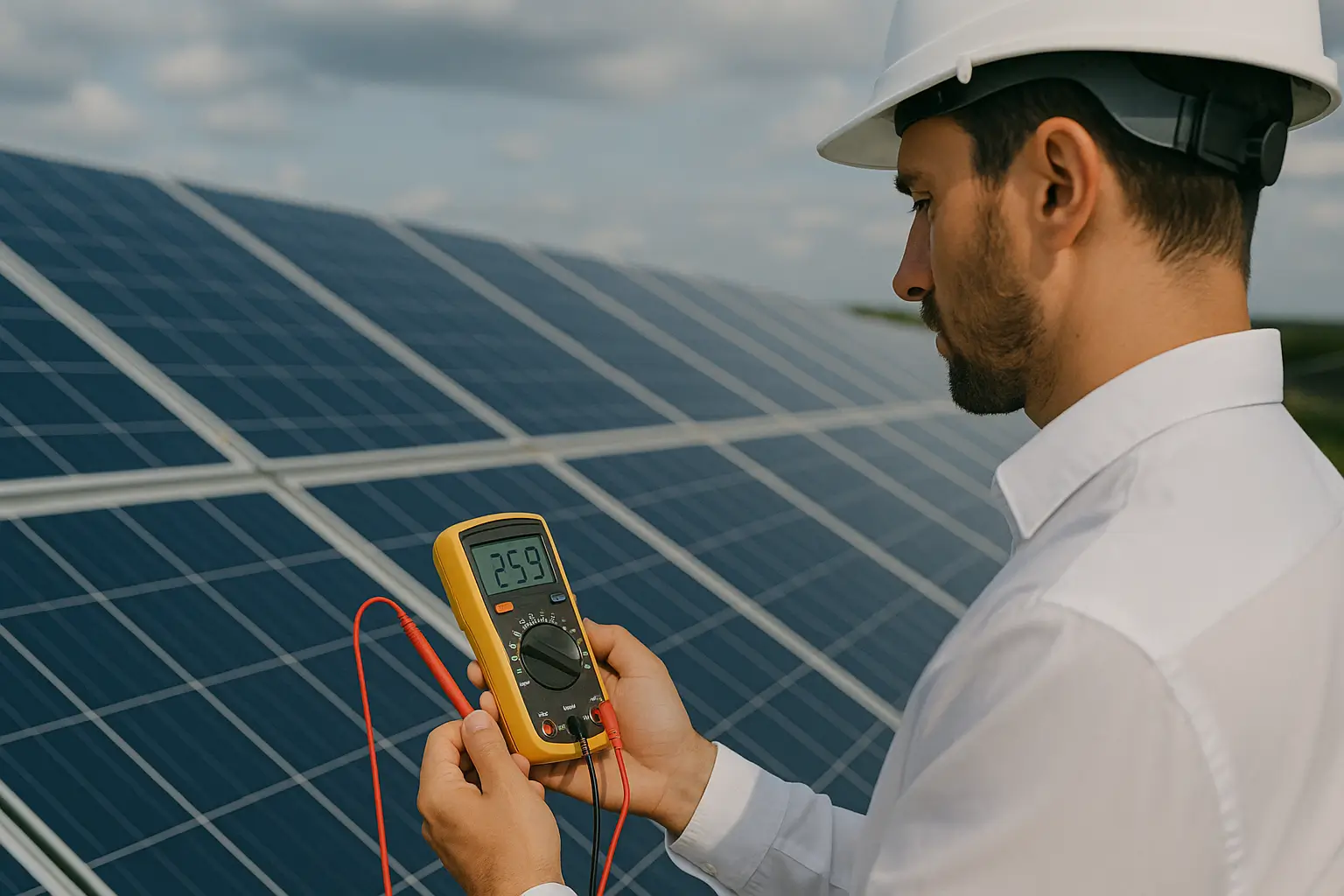
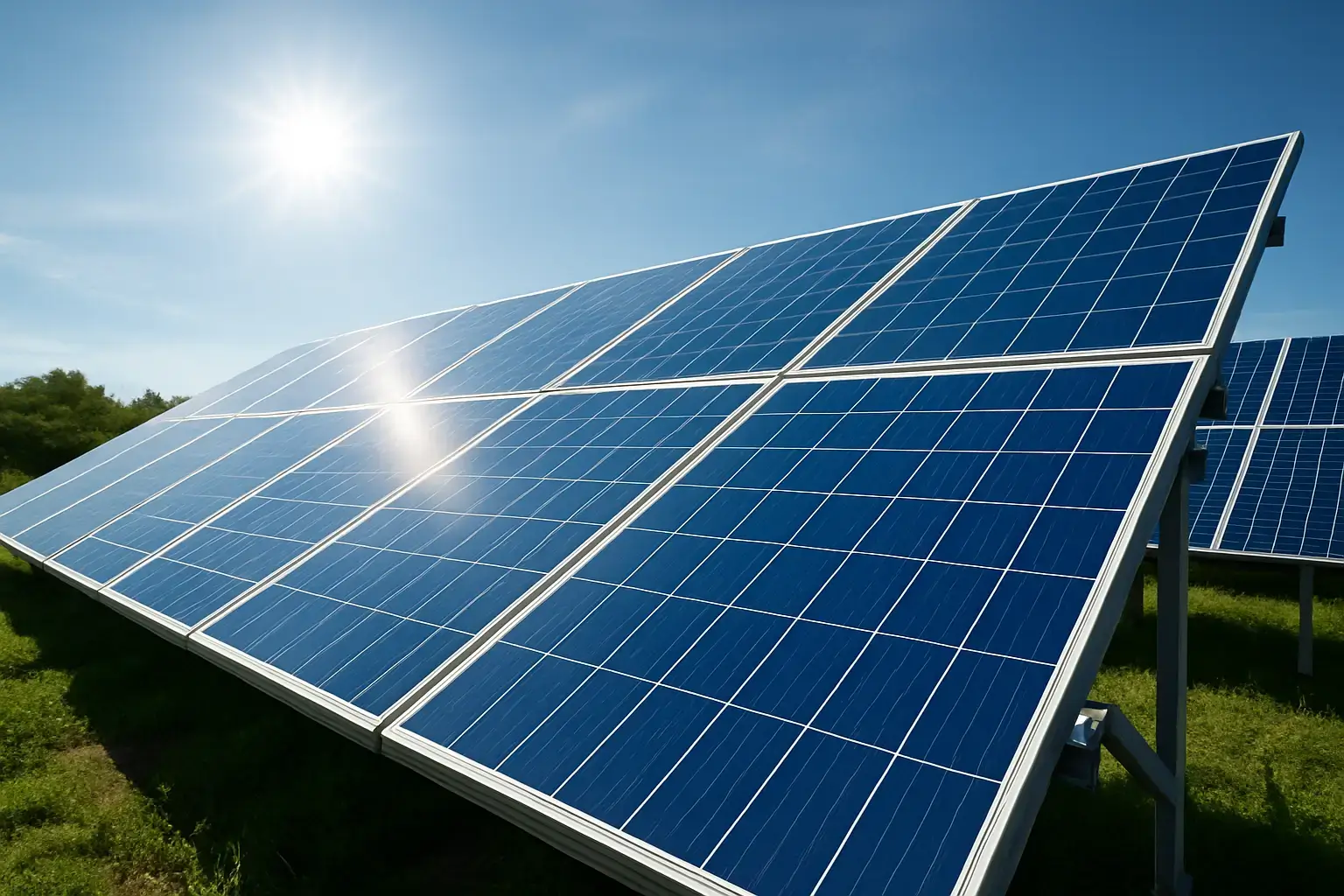
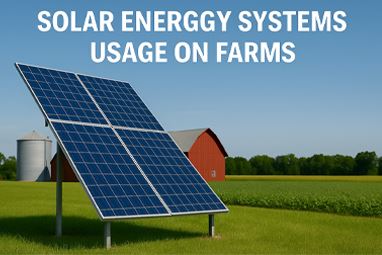
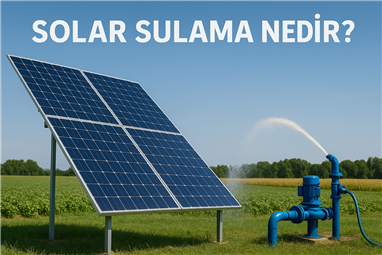
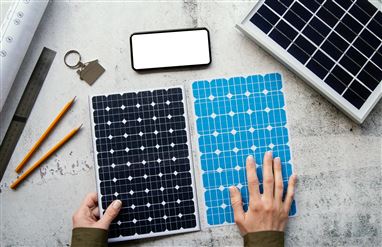
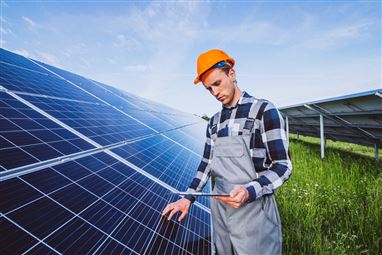
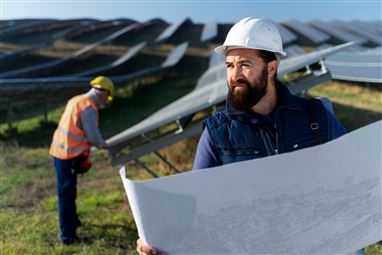
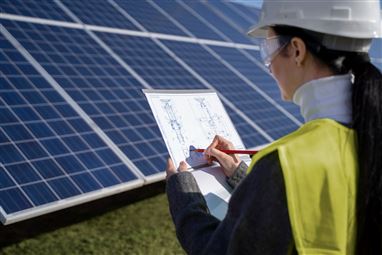
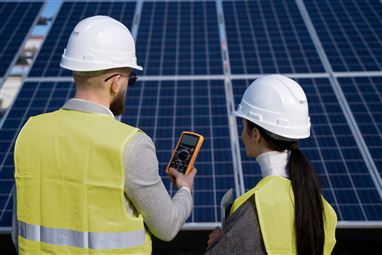
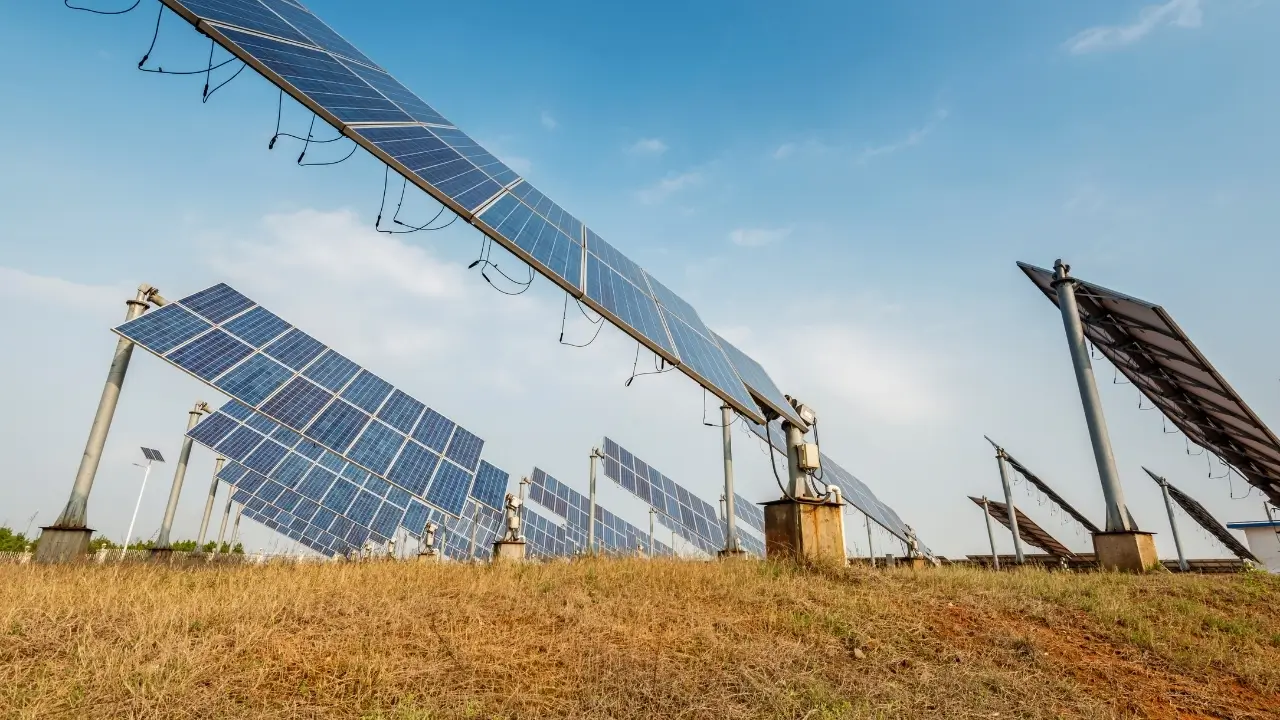
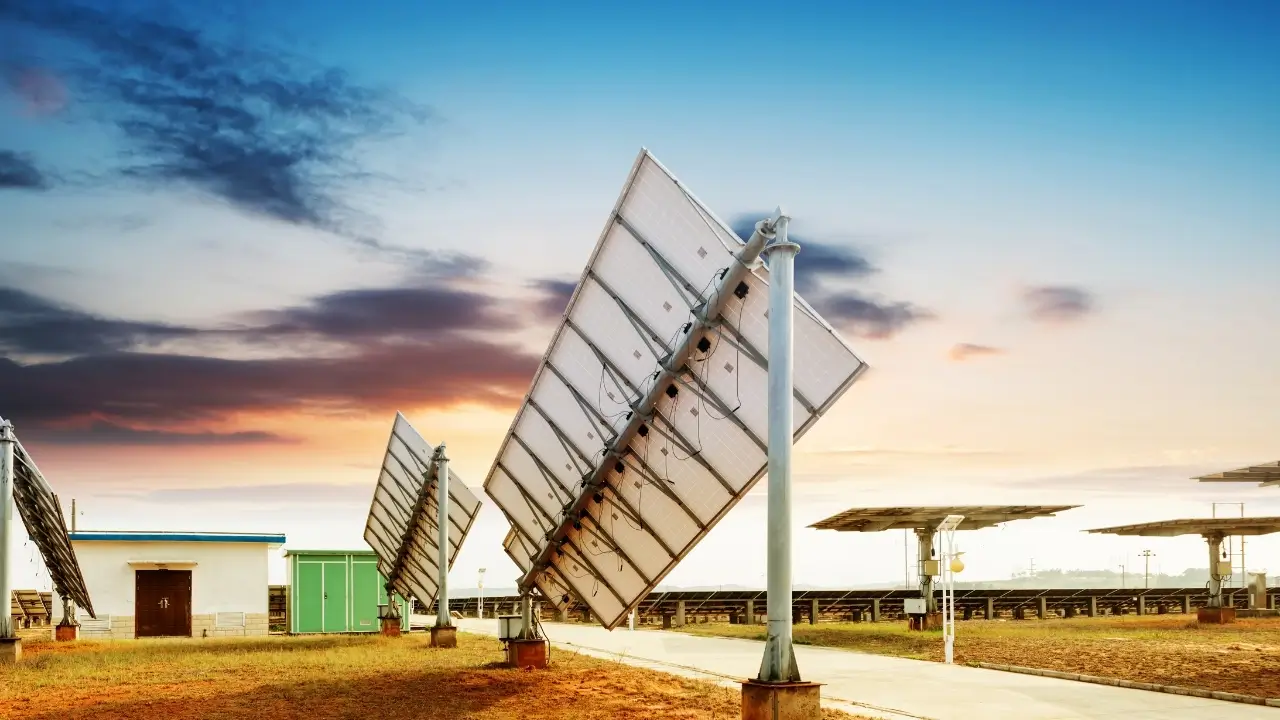
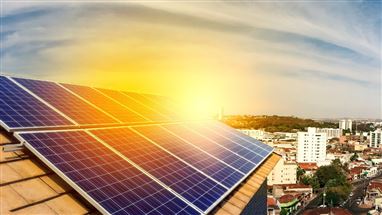
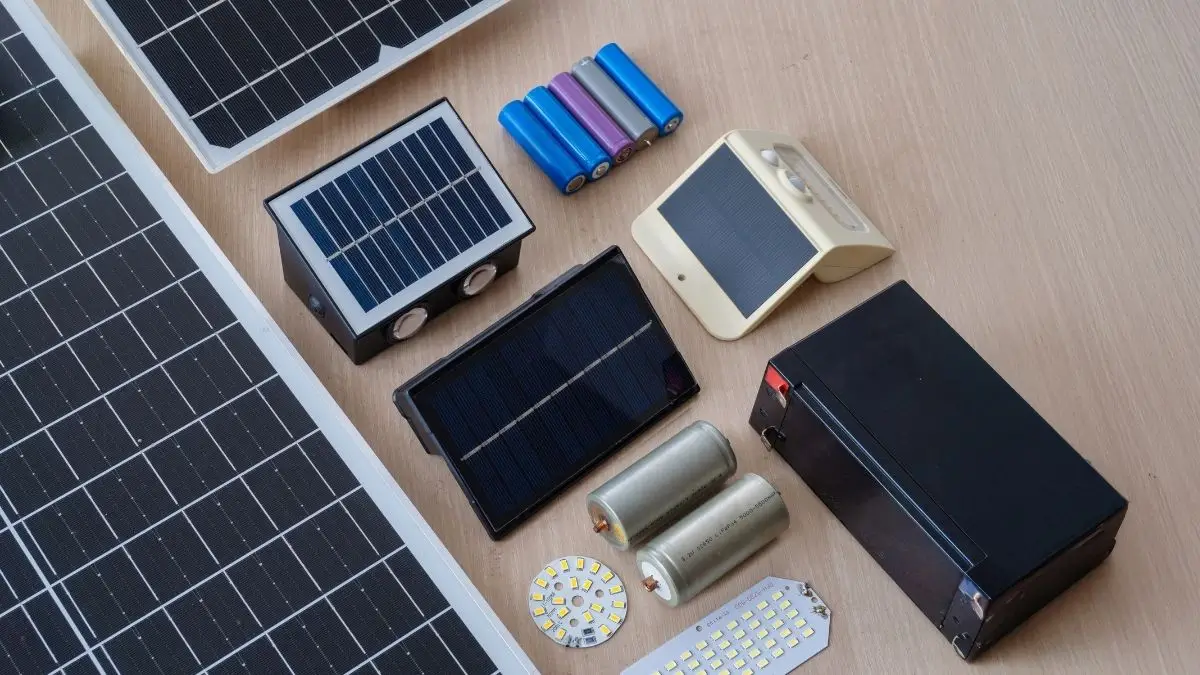
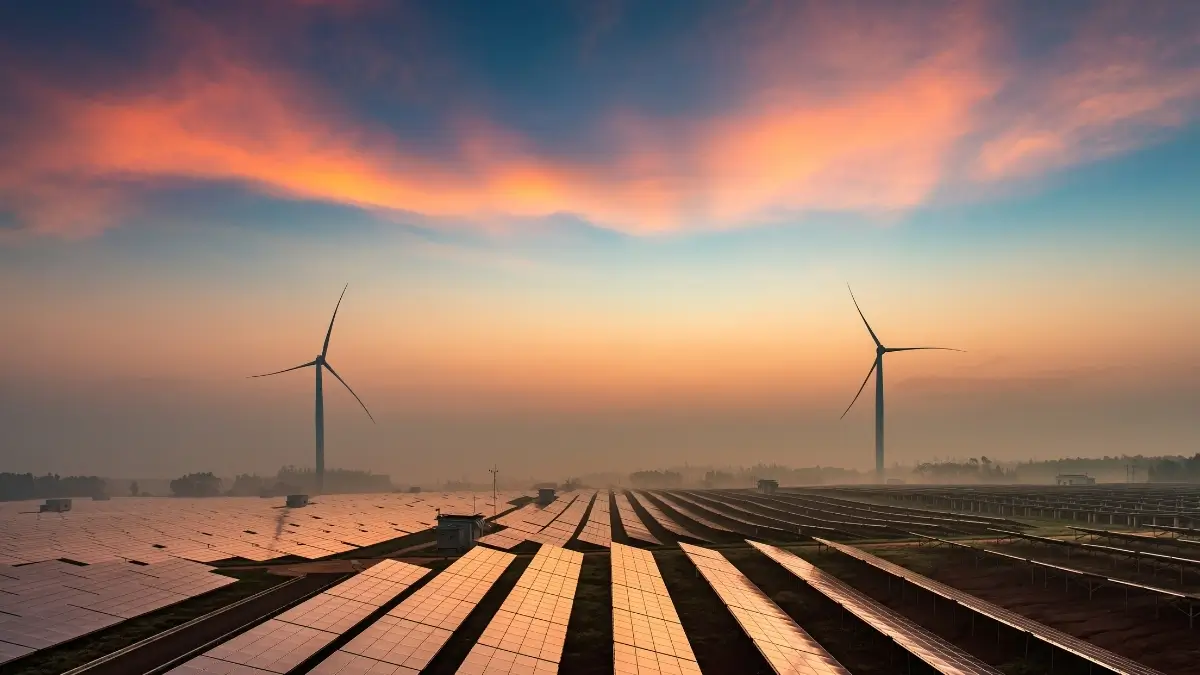
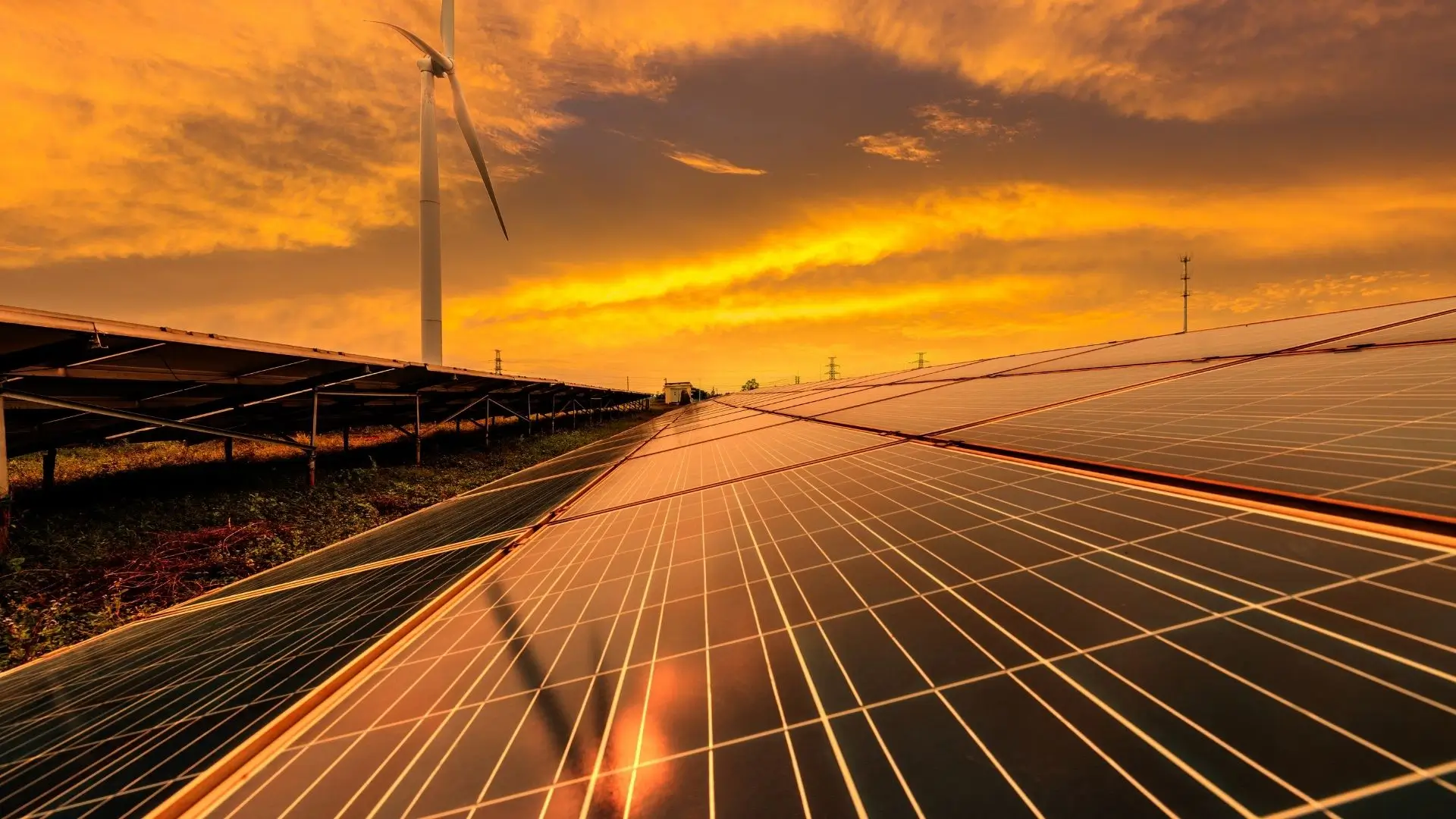
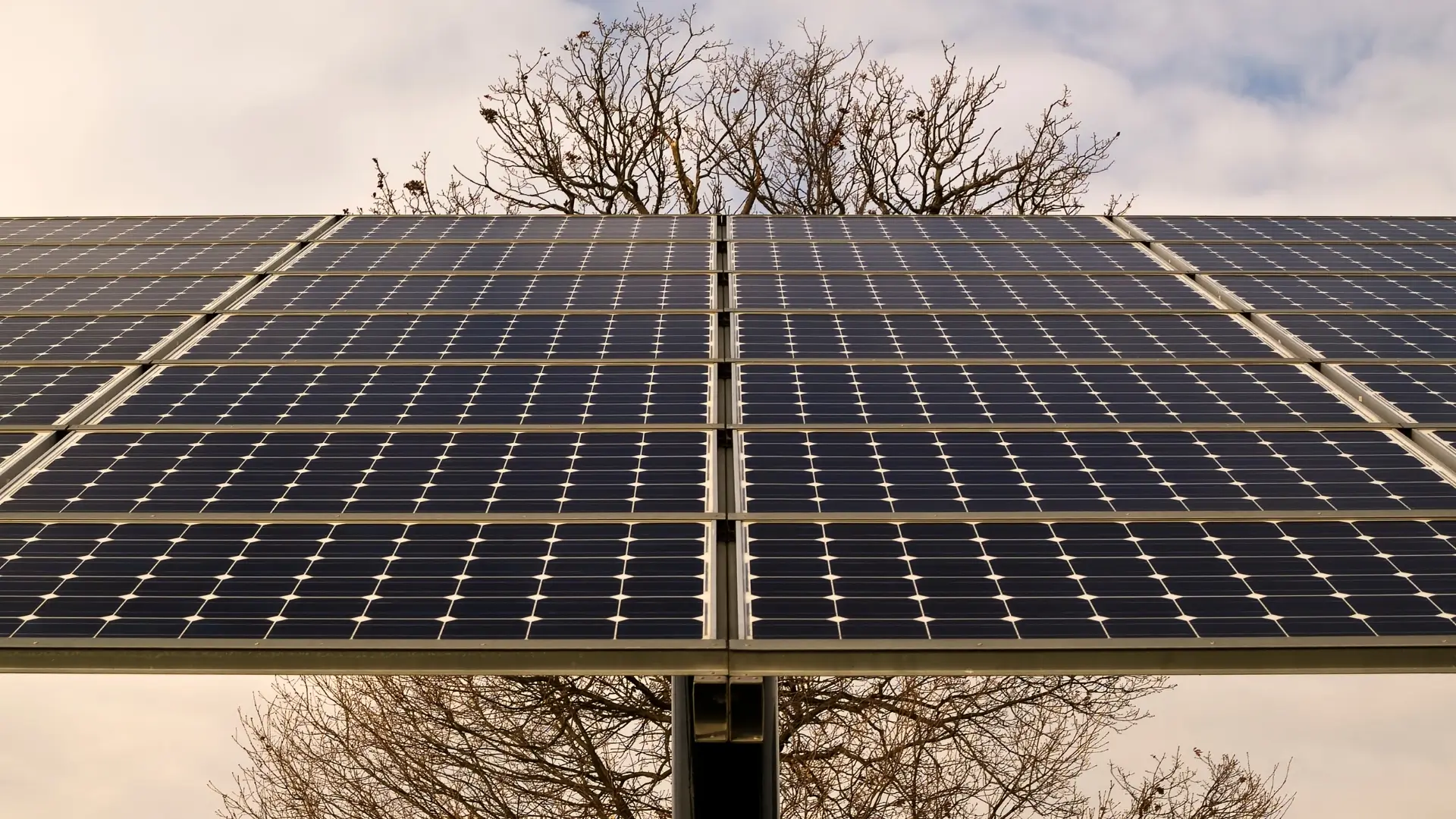
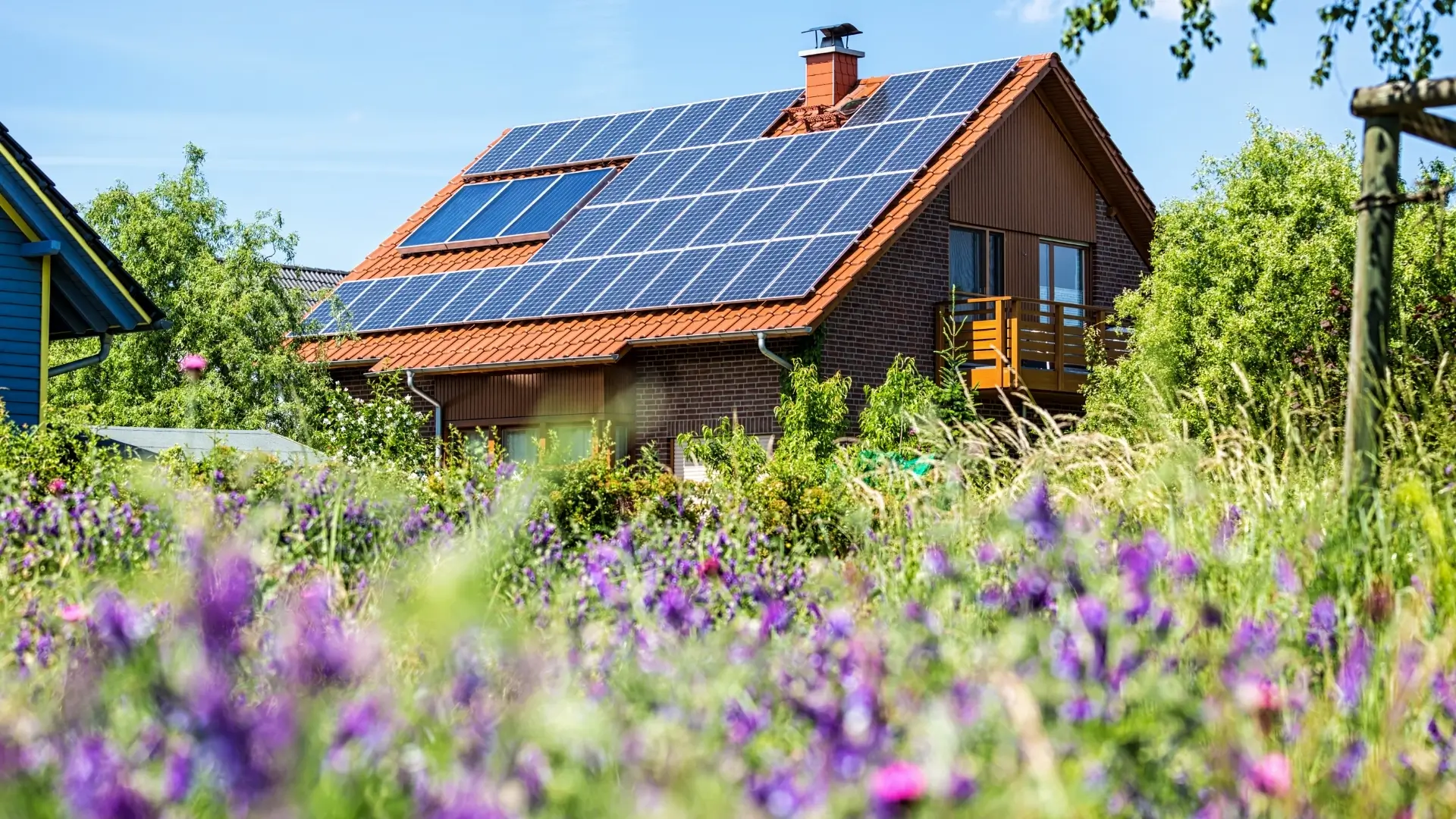
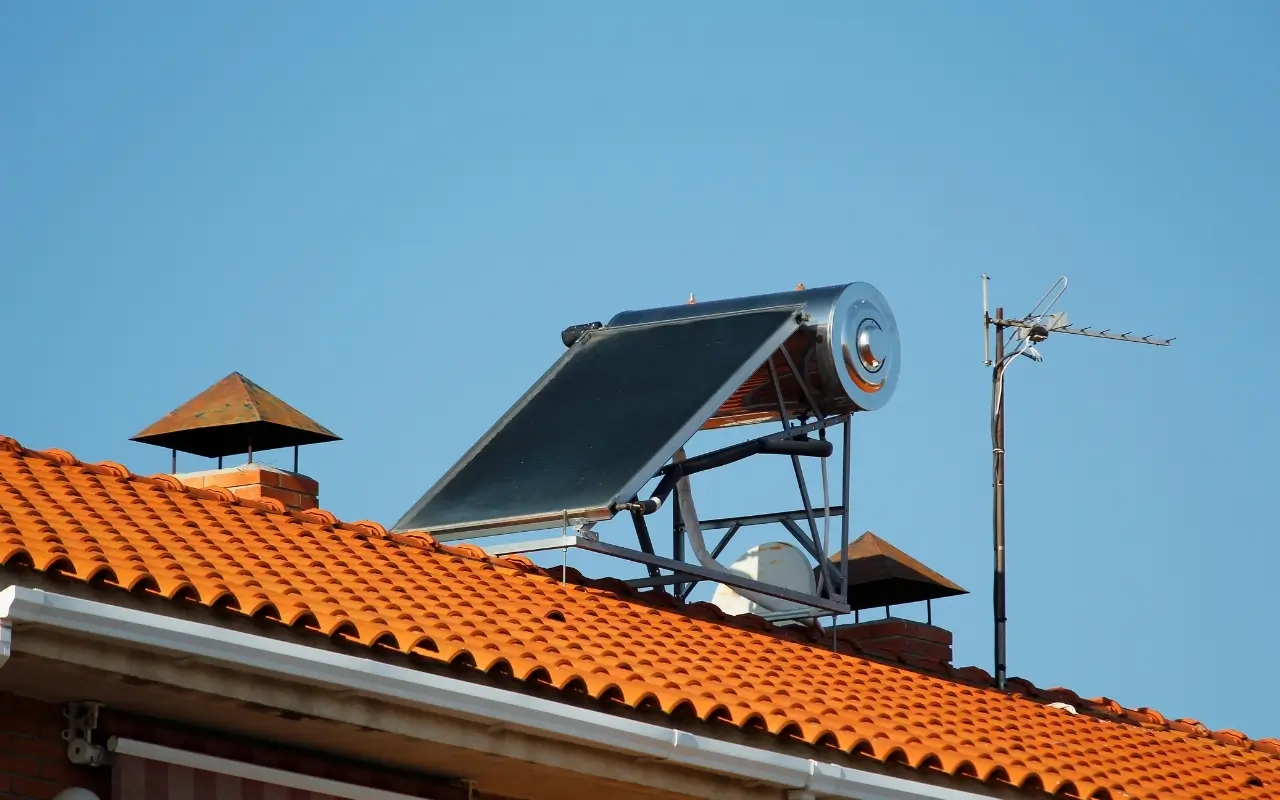
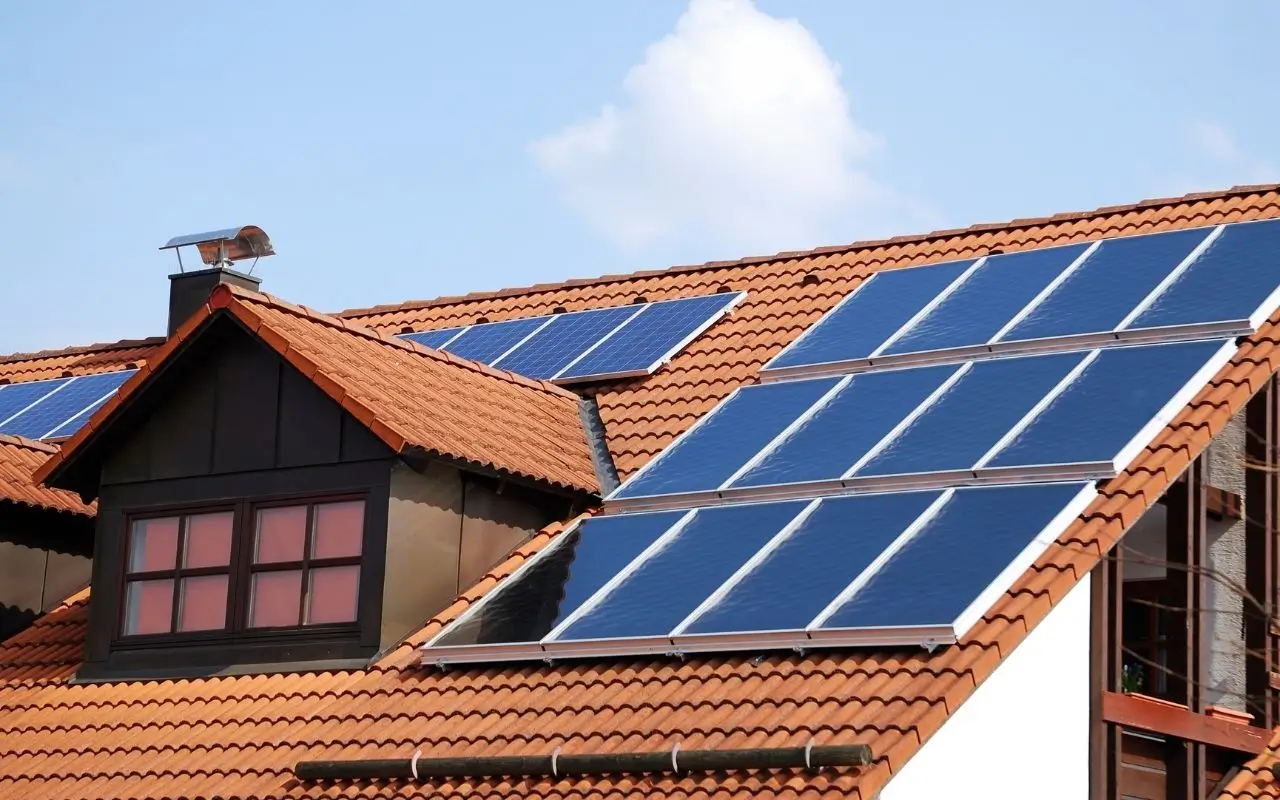
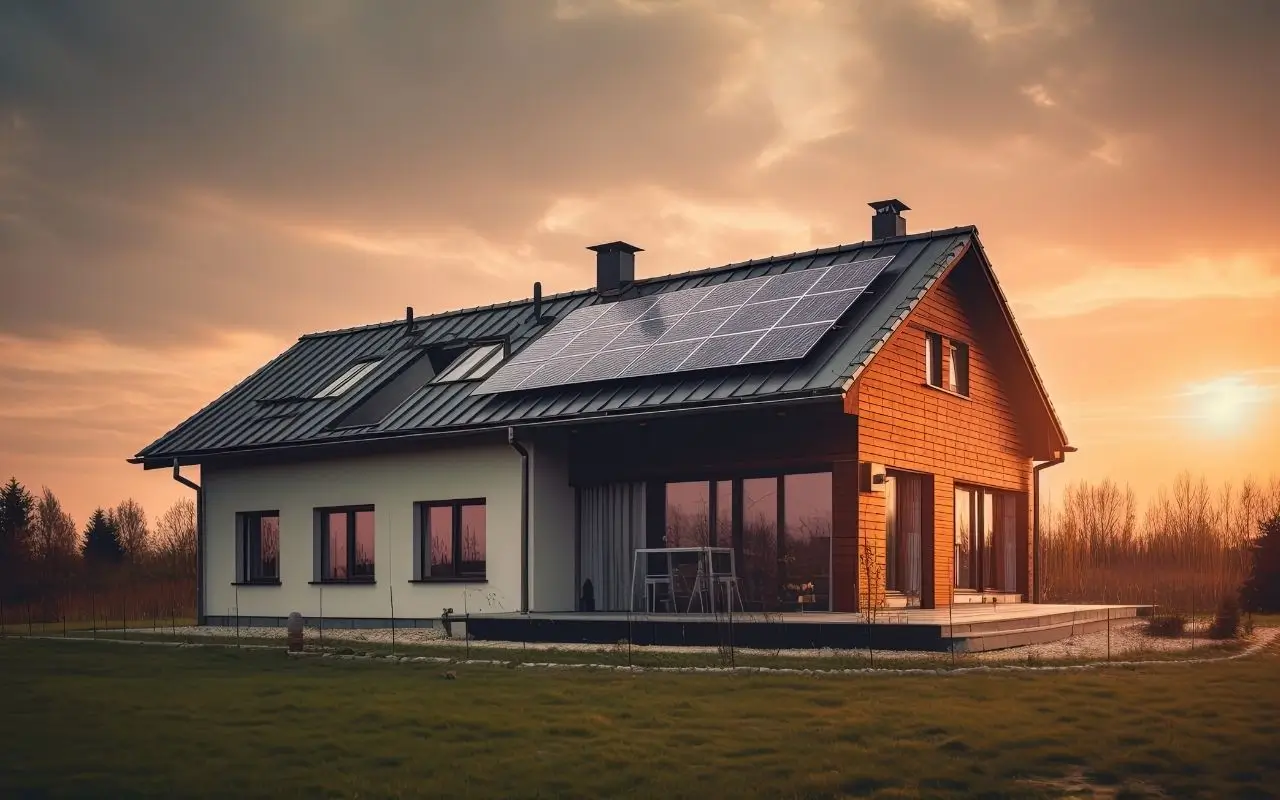
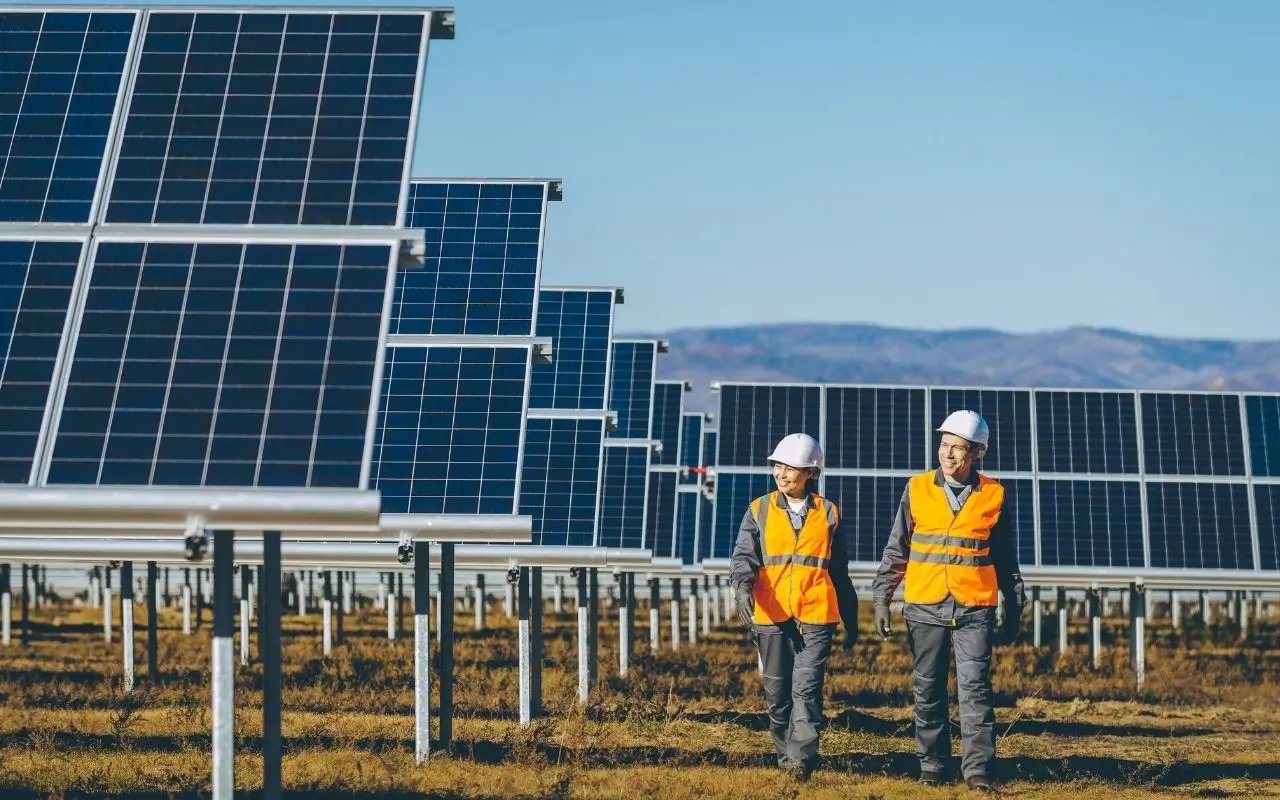
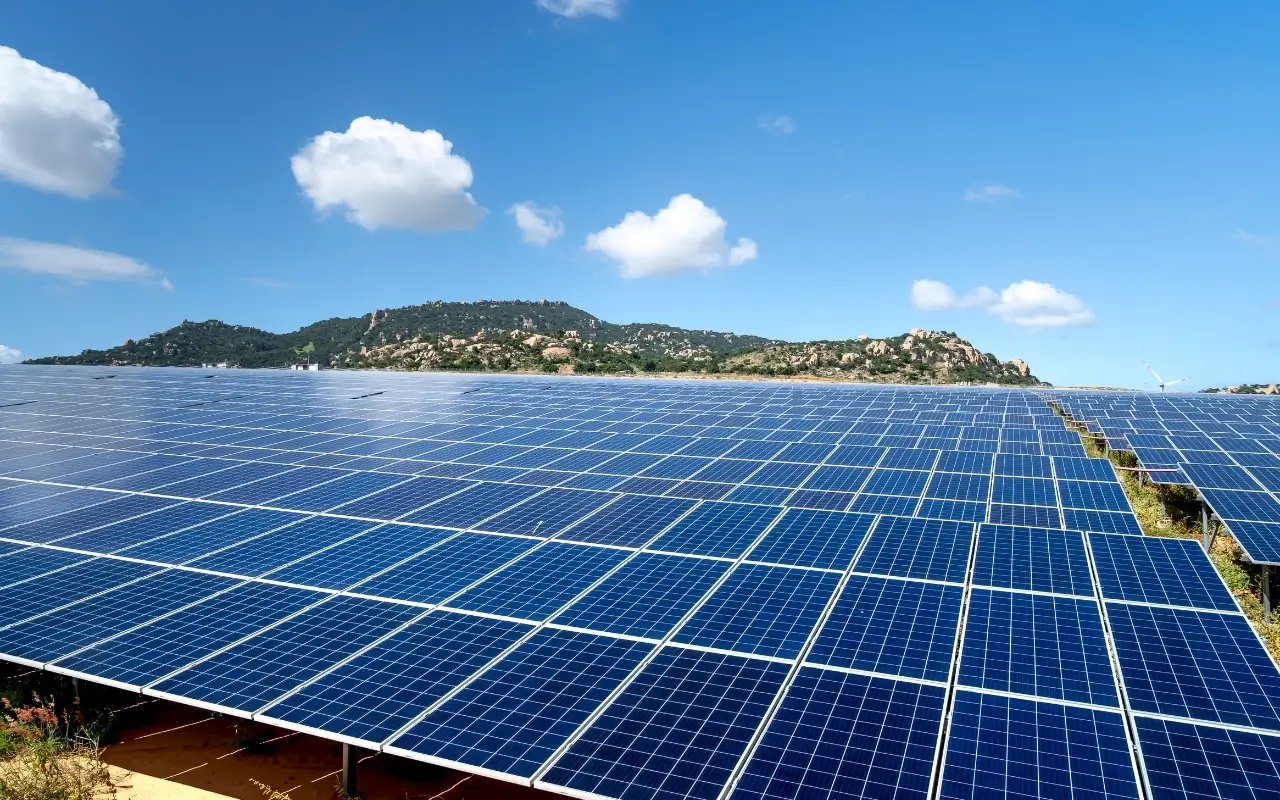
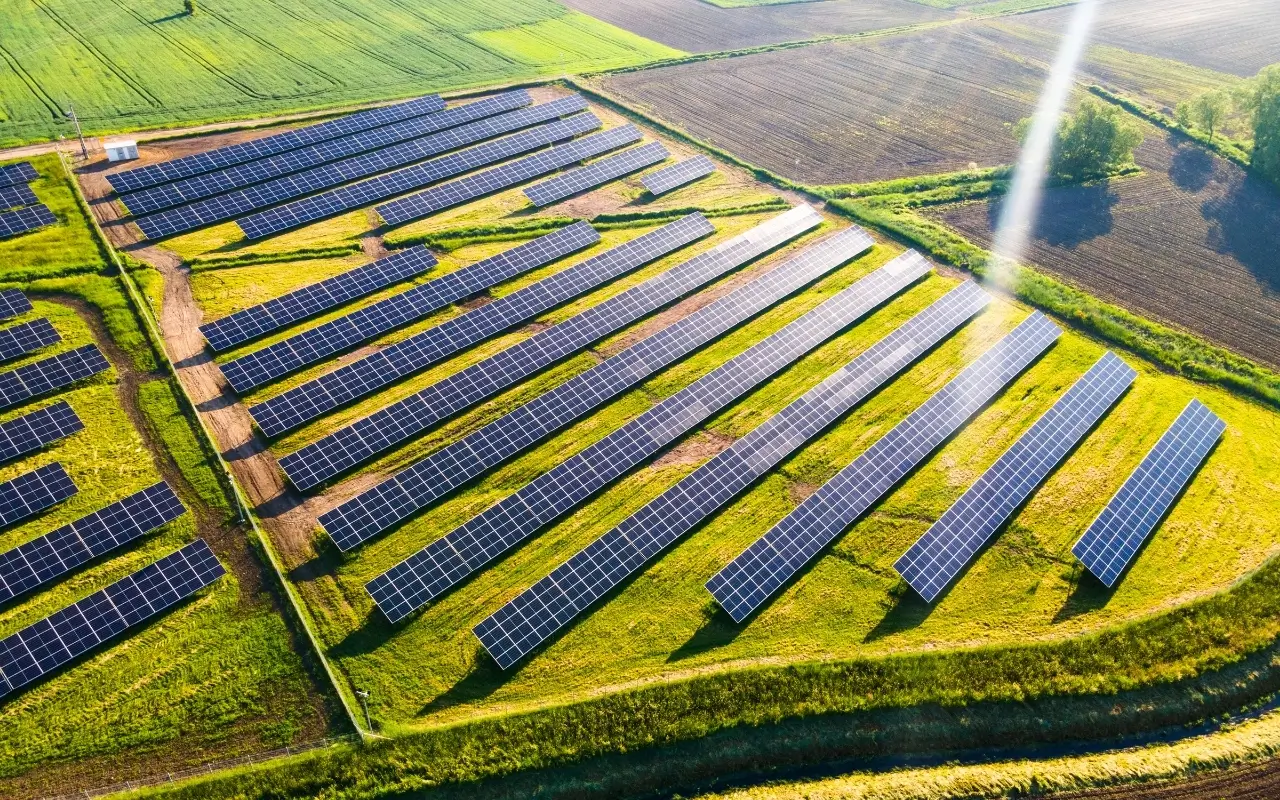
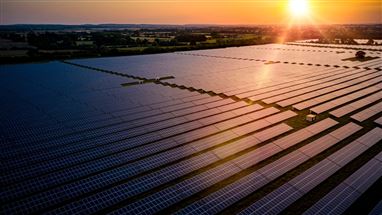
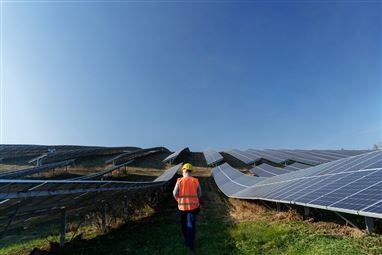
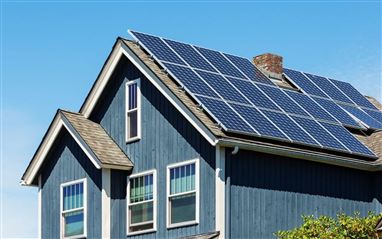
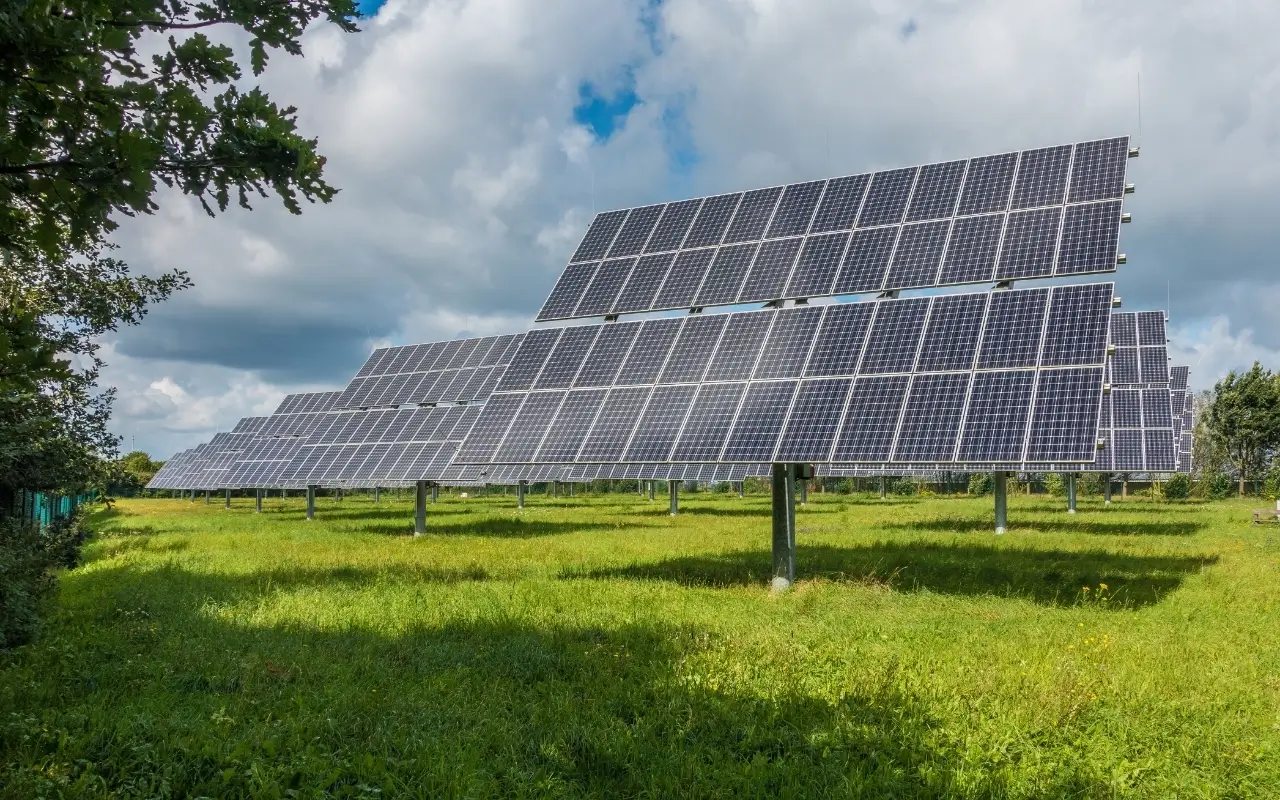
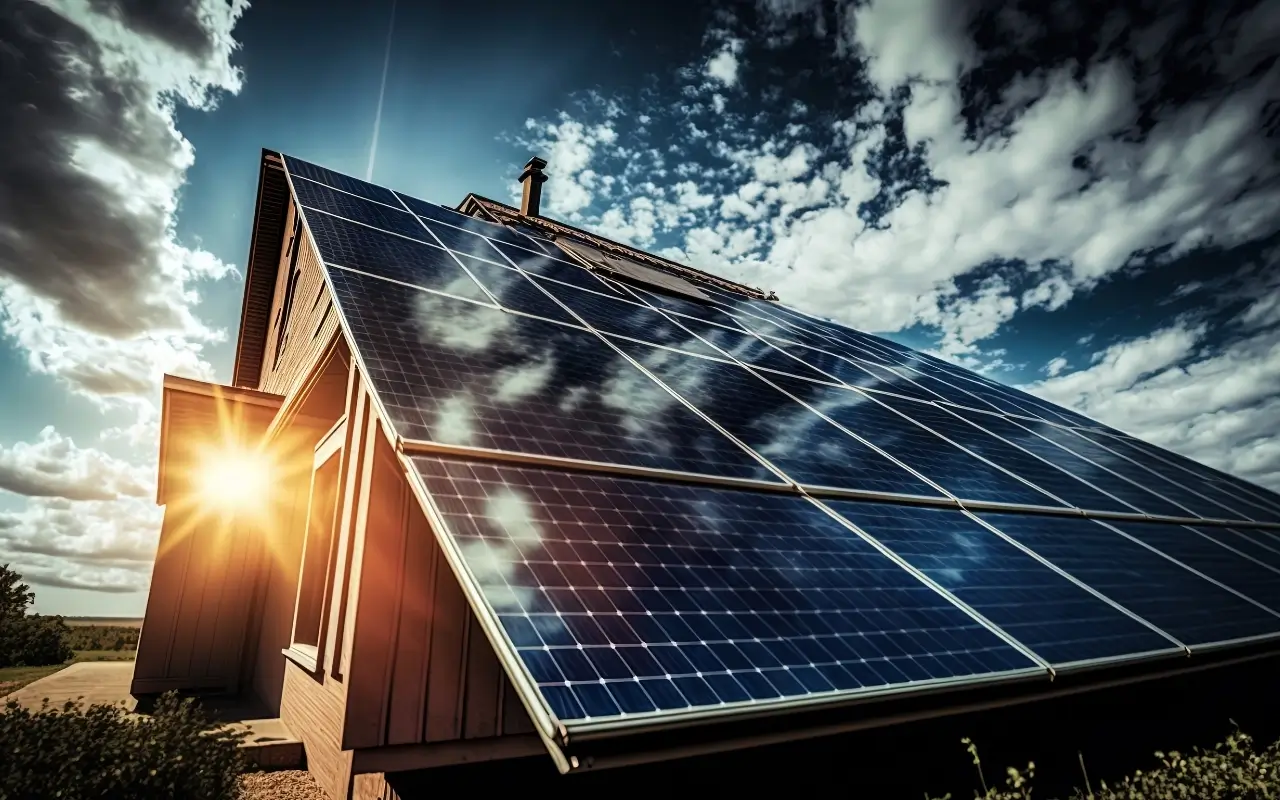
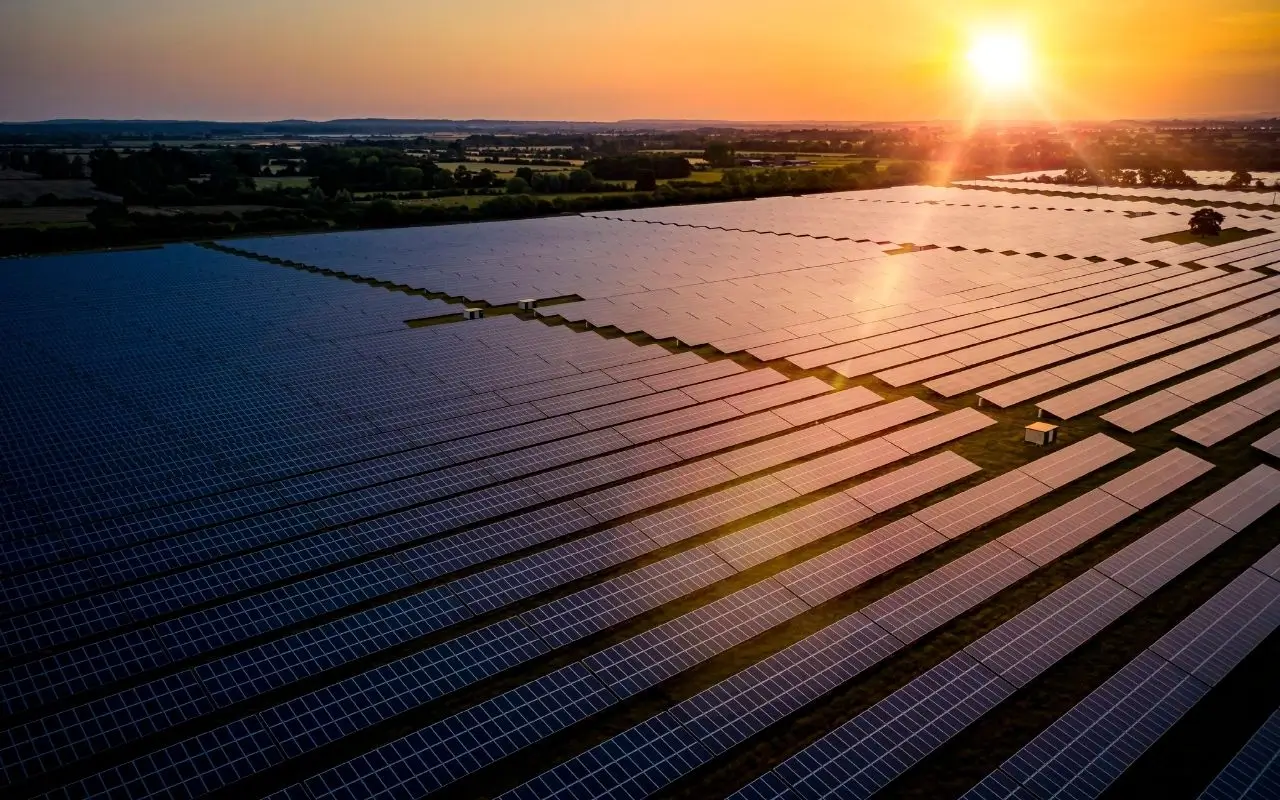
Do Comment